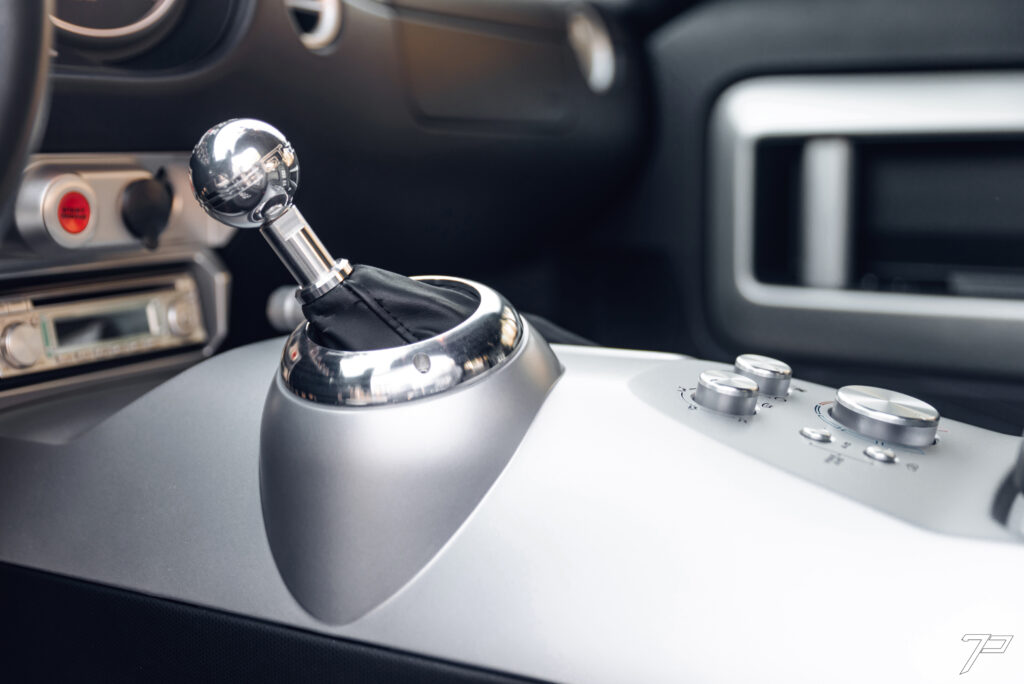The Ford GT.
You can see at first glance where the inspiration for this mid-engined American supercar came from. The GT40.

Built to settle a grudge held by Henry Ford II against a certain head of an Italian sports car manufacturer. They ultimately took their low-slung, V8 powered vengeful beast to go toe-to-toe with Italy’s own V12 champions and earned consecutive victories at Le Mans from 1966 all the way through to 1969. Cementing the racing pedigree of the GT40. Legendary.


Fast forward to 2002 at the North American International Auto Show. Ford unveiled a GT40 concept to commemorate Ford’s 100th birthday, and the automotive world was completely taken. An instant success where demand far exceeded the supply, a production run destined to be limited to 4,500 and unfortunately ended with 4,083 completed examples. 11 being disassembled and slated to be used for service parts.


Let’s cut the history lesson short, get down to the details and see what kind of car they came up with to honour the aforementioned racing heritage.
With Ford’s Living Legends studio at the helm and legendary automotive titan Carrol Shelby back again to help develop another GT, they couldn’t lose. Fans of the Blue Oval cheered when they got a closer look.

A body closely resembling the original, bigger, wider and just as mean. From the front the two massive hood vents catch your attention. As you walk around the car, the theme is carried by way of two large scoops situated right behind the GT’s famous ‘Guillotine Doors’. Pan over to a rear three-quarter view and there are quite a few styling cues to stimulate your senses. The muscular haunches, the ducktail-esque termination of the bodyline, the circular taillights, centre exit dual exhaust and a functional diffuser all grace the rear end. Fantastic.


That’s not all, by making a modern interpretation of a classic, you get to take advantage of more advanced and current manufacturing techniques. The frame was constructed with a process called superplastic forming, floors were roll bonded and the centre tunnel was friction welded. All unique to the Ford GT at the time.
All corners are imbued with Brembo tech. Aluminium four piston calipers with cross-drilled and slotted discs. As well as using Independent Double Wishbone suspension to make sure a drive around any track or off with this car can be lively but stable.

Though we all know what most people are after, the jewel of most cars and what can make or break it. An executive’s decision, an engineer’s design and a bean counter’s responsibility has taken a would-be hero down to a zero time and time again. Releasing the rear canopy of the Ford GT reveals that this is not the case at all. Rejoice.


5.4 Litres of displacement, eight cylinders in a V configuration and Dual Overhead Cams. A classic formula, but not this time. An all aluminum alloy design, dry sump oiling system, and an Eaton 2300 Lysholm screw-type supercharger topping this engine. The engine is more than healthy at 550 Horsepower and 500 Torque. Positioned in the depths of the engine bay as low as they could get it for balance. This powerplant will take you from zero to 60 within 3.4 seconds and rowing through the six-speed Ricardo transmission propels you onward to 205 miles per hour
All this culminated in arguably the first modern supercar representing the United States.

Usually things born out of spite are slated to fail, but once in a while the execution of said spite is so elegant the results speak for themselves. The American attitude of “We can so We will” is as brash as it is admirable and it resulted in one of the greatest automotive stories ever told. That’s why the Ford GT will forever hold a special place in this gearhead’s heart.

